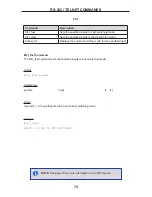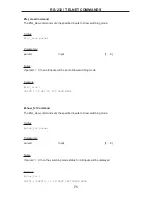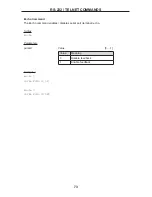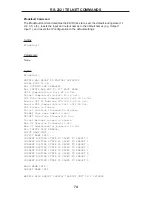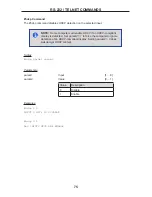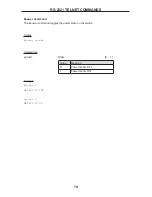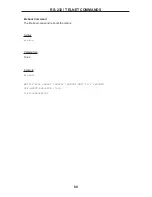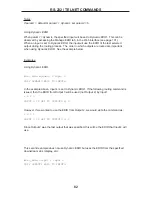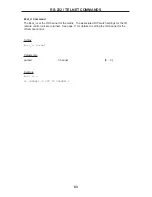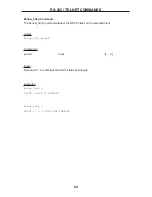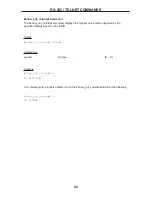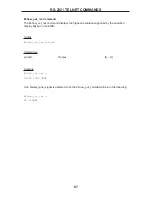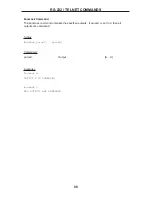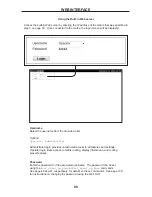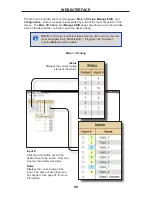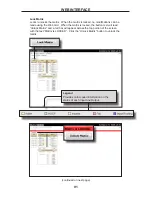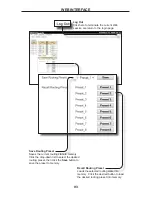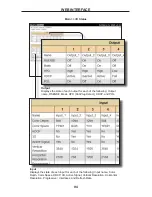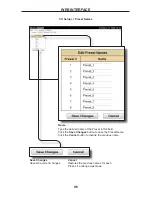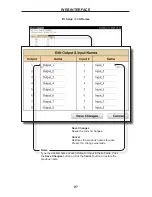
82
RS-232 / TELNET COMMANDS
Notes:
If
param1
= default or
param1
= dynamic, set
param2
= 0.
Using Dynamic EDID
When
param1
= dynamic, the specified input will be set to
Dynamic EDID
. This can be
observed by accessing the Manage EDID tab, in the
Web interface (see page 101).
When an input is set to
Dynamic EDID
, the input will use the EDID of the last selected
output during the routing process. The order in which outputs are routed are important
when using
Dynamic EDID
. See the example below.
Examples:
Using Dynamic EDID:
#set_edid dynamic 0 input 4
COPY DYNAMIC EDID TO INPUT4.
In the example above, Input 4 is set to
Dynamic EDID
. If the following routing command is
issued, then the EDID from Output 3 will be used (not Output 2) by Input 1.
r 4 2 3
INPUT 4 IS SET TO OUTPUTS 2, 3
However, if we wanted to use the EDID from Output 2, we would write the command as:
r 4 3 2
INPUT 4 IS SET TO OUTPUTS 3, 2
Since Output 2 was the last output that was specified, this will be the EDID that Input 4 will
use.
This second example does not use Dynamic EDID but uses the EDID from the specified
downstream sink (display, etc):
#set_edid output 1 input 3
COPY OUTPUT1 EDID TO INPUT3.



